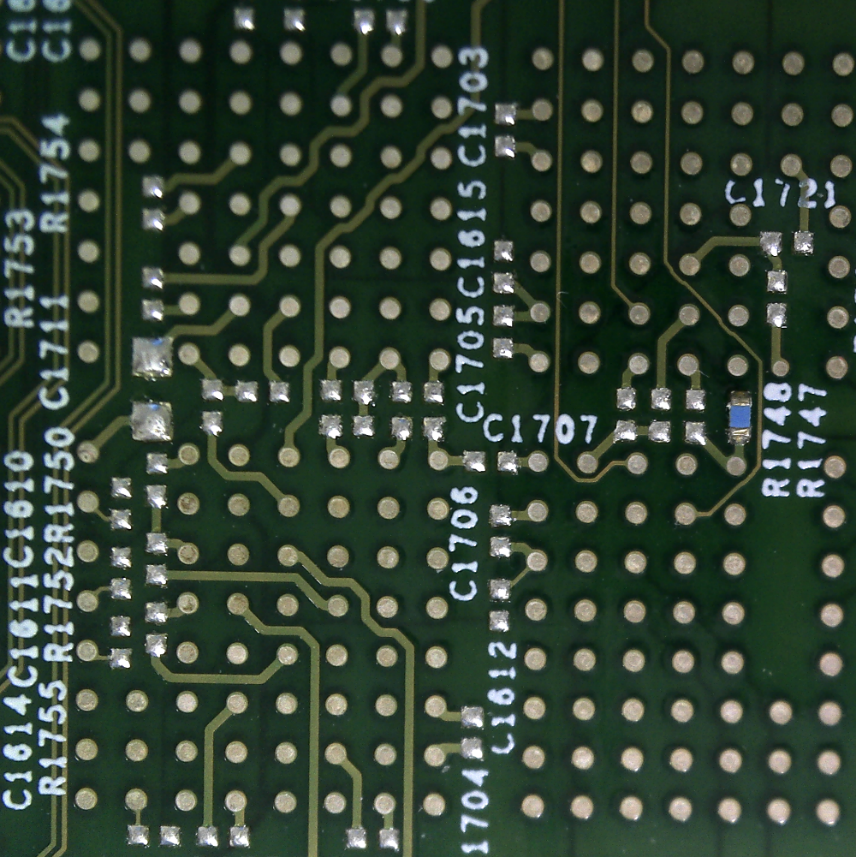

In this installment of our series on power supply testing, we’ll walk you through the steps to test your power supply for switching and conduction loss.
Bear in mind that switching and conduction losses through power switches and magnetics are huge contributors to the overall loss of a system. This is why it’s crucial to minimize these losses as accurately as possible.

Here’s an example of switching and conduction losses as measured by an MSO5000B oscilloscope.
Before beginning, remember not to rely solely on datasheets. They can often be misleading, especially when calculating switching and conduction losses. In addition, they do not account for operating conditions and circuit parasitics nor do they provide a comprehensive loss profile.
Your testing should start by checking the rectifier switches, such as MOSFETs, IGBTs and magnetics for losses when the circuit is active and loaded. Since, most magnetics are custom-designed, such as switching devices, it’s a good idea to test magnetics in operation. This step will allow you to properly characterize them.

Magnetic characterization shown on an MSO5000B.
When measuring switch losses, we recommend using - an MS05000B oscilloscope equipped with appropriate voltage and current probes. For best accuracy and repeatability, always deskew probes before taking any measurements. And to ensure that your results are accurate over a set period, use filtering and averaging functions.
When it comes time to measure switching loss using an oscilloscope, first multiply voltage by current. Next, take the mean of the resulting power waveform during turn-on or turn-off. Of course, power analysis software will make this process much easier and repeatable and is highly recommended.
For dynamically testing magnetic power loss and magnetic properties, we suggest using our DPOPWR software. This software provides automatic calculation techniques for measuring repeatable switching and conduction losses on high-power switches, while active in the circuit.

Here is an example of magnetic losses on an MSO5000B oscilloscope.
Once everything checks out, you can move on to part 7 of our 10-part series, where you will learn about efficiency and specifications testing.
See more in the 10-part series:
Part 1: Component Selection and Characterization for Power Supply Design
Part 2: Low-Voltage DC Circuit Power-On Test
Part 3: High-Voltage AC Circuit Power-On Test


